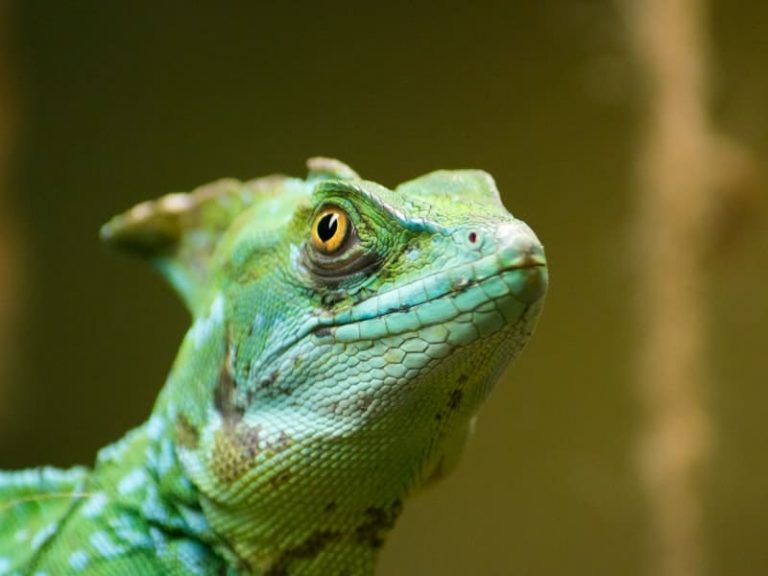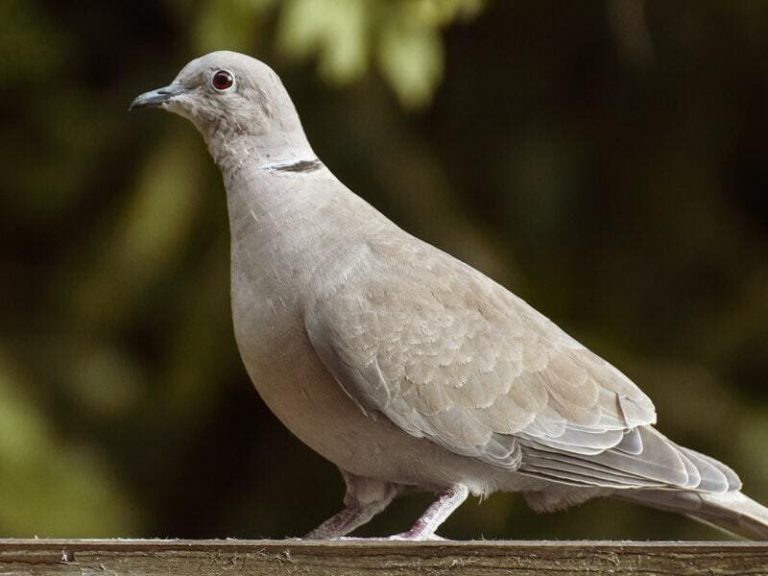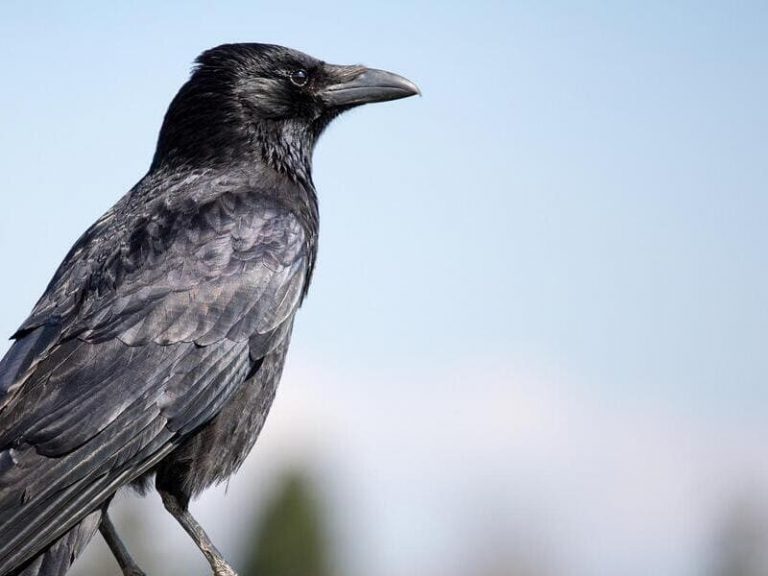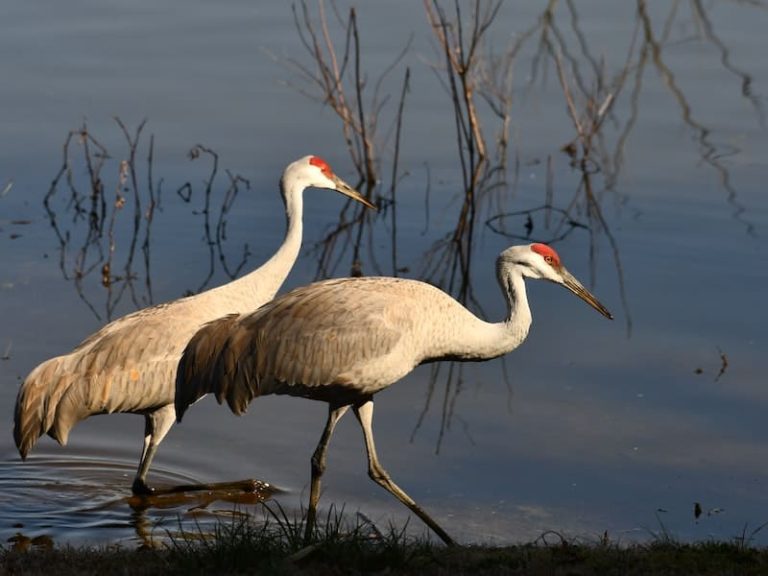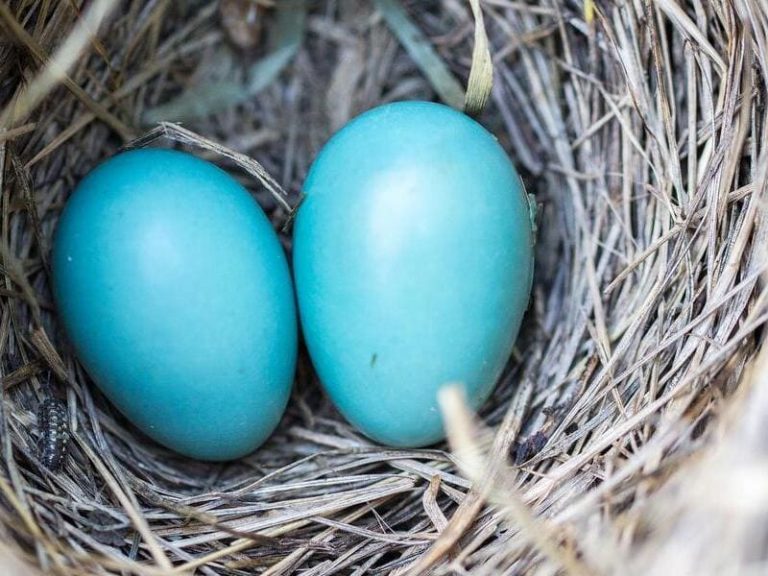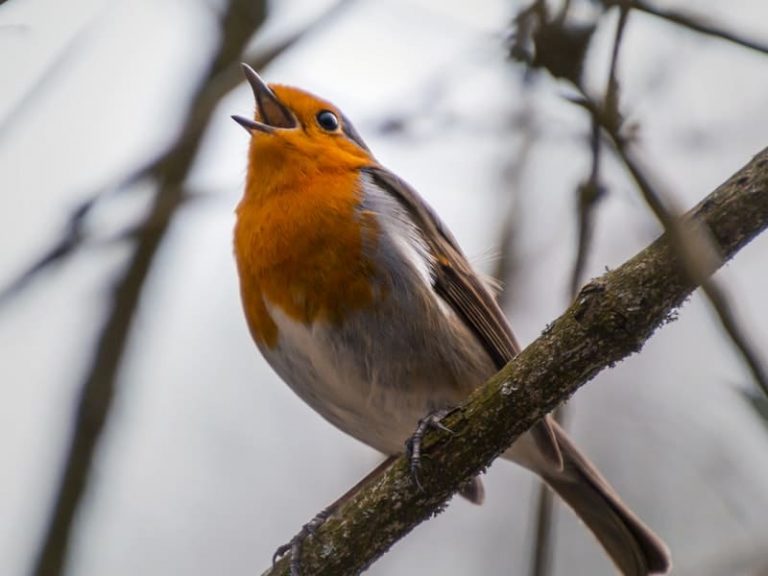Types Of Ground Nesting Birds (With Pictures)
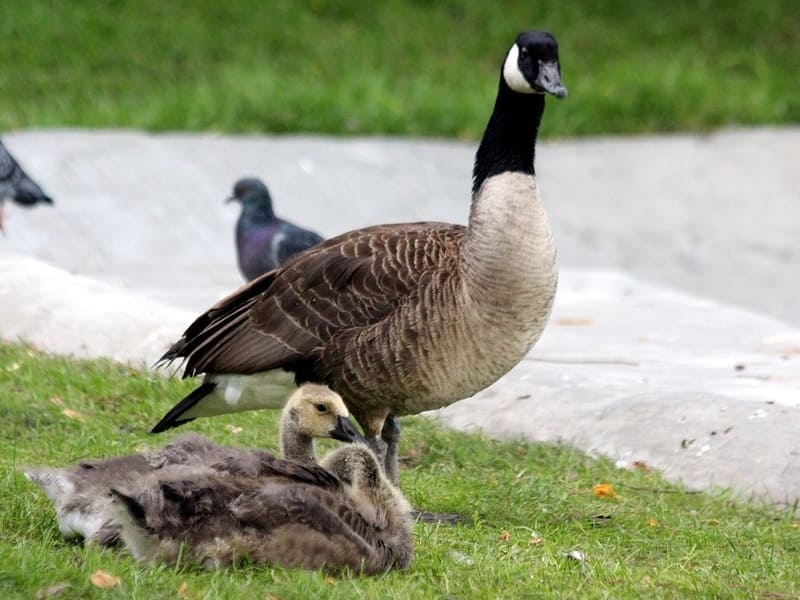
Surrounded by over 9,000 species of birds worldwide, the sheer variety of avian life is nothing short of stunning.
Among the multitude of our feathered friends exist various types of ground-nesting birds that make their homes with dirt and vegetation instead of high in the trees.
From funky backyard chickens to diminutive sandpipers, there are many ground-dwelling bird varieties out there to learn about!
In this blog post, we’ll take a closer look at some common types of birds that lay eggs on the ground, exploring what makes them special and where they can be found.
So grab your binoculars, enjoy a cup of coffee (or tea), and let’s dive into the fascinating world beneath our feet.
Whether it be the shoreline, fields, or forests, these unique ground nesters can be quite hard when selecting where to settle down and build their nests.
While there are many different species of bird capable of living on the ground, three main classes seem to stand out from all others, gallinaceous fowls such as grouse and quail; sea birds like terms and sandpipers; and predators like owls who nest directly on the ground rather than in trees.
But if a bird can fly, why wouldn’t it nest in a tree?
It may seem obvious that birds would prefer to nest in trees, as the branches provide a measure of safety and comfort.
Yet birds can be surprisingly creative when it comes to finding a place to call home. From the rooftops of buildings to the beach at the shore, birds have crafted homes from leaves, mud, and other materials found in their environment.
For some species, even urban sprawl isn’t enough to deter them from nesting in almost any location imaginable.
While many different types of birds typically prefer making nests in trees, or other forms of vegetation, this isn’t always possible given limited access and availability when seeking a safe home for their young.
Ultimately, even with the ability to fly away quickly, birds must balance their need for security with the necessity of finding an appropriate place for shelter and protection, no matter how lofty or humble it may be.
13 birds that lay eggs on the ground
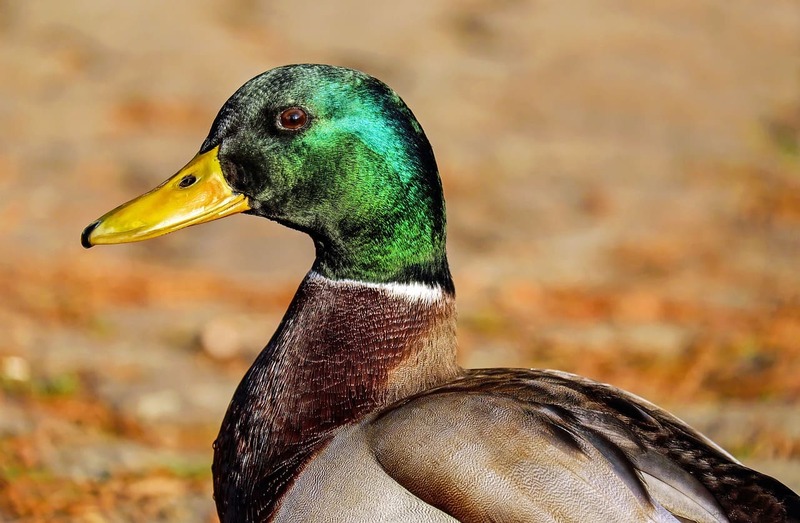
Ground-nesting birds lay their eggs on the ground rather than in nests, making them a unique species of bird.
These 13 bird species are some of the most interesting; they range from small wrens to owls and can be found all over the world.
One example is the killdeer, a North American shorebird that often lays its eggs directly on gravel surfaces.
Another unique ground nester is the Australian Brush Turkey, which uses rotting leaves or soil mounds for egg incubation.
Ground-layered birds have adapted their behavior to suit challenging habitats and difficult nesting conditions, evolving behaviors that have made them survive in environments that other birds could not manage.
It’s fascinating to observe these creative and resourceful creatures, making them an important part of any bird watcher’s life list.
Shorebirds
Shorebirds are migratory birds who spend their summers breeding on sandy beaches and in wetlands across the globe.
As a unique adaptation to their environment, many shorebird species lay ground-based nests, exposed or camouflaged, depending on the species.
The nest contains a clutch of two to five eggs that are lightly colored to help them blend into their environment.
Incubation of these eggs may take anywhere from 20 to 30 days. Shorebirds typically have short incubation periods due to their life stage, as they must be able to migrate with the changing seasons before predators can do too much damage.
To help maximize the survival rates of the young ones, parents use communal strategies like mobbing and distraction displays.
Huge groups of concerned birds will flock toward a predator, making it difficult for them to capture food. It’s an incredible natural process that helps protect some of our most beautiful shorebirds.
American Avocet
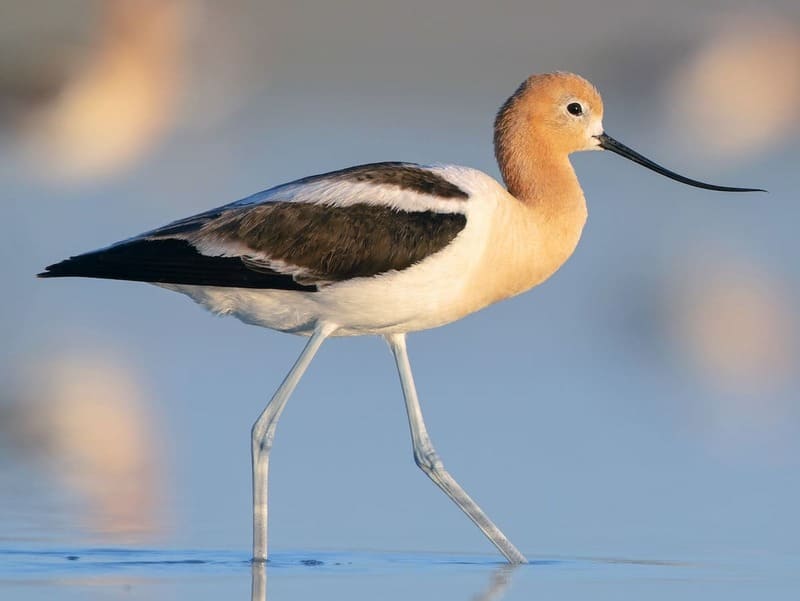
The American Avocet is a species of shorebird that can be found in freshwater wetlands, estuaries, marshes, and estuarine bays. Its body is mainly black and white with rusty-orange colored feathers on its head, neck, and back.
They possess long, thin bills which are slightly upturned at the end, allowing them to search in the mud for their food; small invertebrates like insects, larvae, and shrimp.
These birds are diurnal, meaning they are active during the day and mainly tend to rest or sleep during the night, although flocks have been spotted feeding during moonlit nights as well.
American avocets engagingly travel together in large associations while they look for food or water as they migrate northward from their wintering grounds along the Gulf of Mexico.
Killdeer
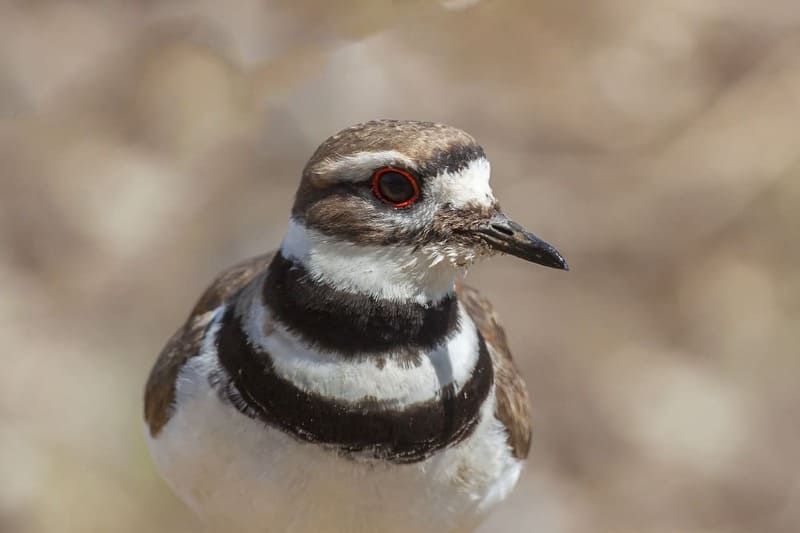
Killdeers are interesting creatures that have adapted to many environments across the United States. Found most often near open grassy fields and gravel roads, these bird species can also be seen in wooded areas, parks, farms, and even airfields.
They are small but quite beautiful, with distinct brown and white markings on their feathers along with a reddish-brown eyeliner.
What’s unique about the Killdeer is its behavior; when alarmed by danger, this plover will pretend to be injured to distract predators away from their nest or young. All in all, Killdeer makes for fascinating wildlife observation!
Wading birds
Wading birds or birds that feed in shallow water are a remarkable sight to behold. Their long legs and feet allow them to navigate through the shallows like a graceful tap dancer, though their fearless search for food does not look so graceful.
Even more impressive is how certain species of wading birds lay eggs in the open sand on the ground.
It may be hard to believe, but these resilient eggs can lay undisturbed until they hatch! With no nest or structure to protect them, these eggs are exposed to countless environmental threats.
Thankfully their parents vigilantly guard against predators who threaten the success of their progeny. Watching these astonishing birds use their ingenious trick of egg-laying is an unforgettable experience, one that must be seen to be appreciated.
Virginia rail
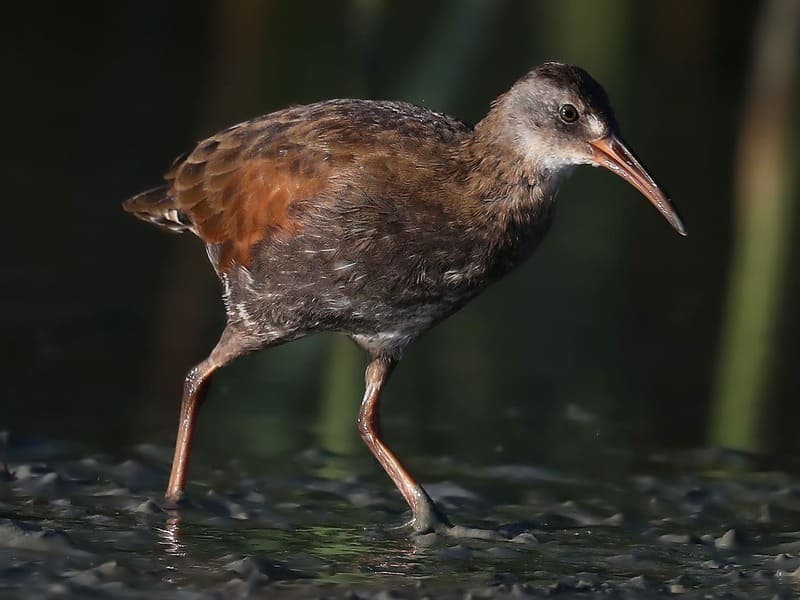
The Virginia rail, otherwise known as the Rallus limicola, is a small-bodied bird native to North America and parts of Eurasia. It breeds in wet habitats, including marshes and the edges of lakes and streams.
This medium-sized bird has strong yellow feet and a long bill designed for probing mudflats for food such as aquatic invertebrates, mollusks, insects, and frogs.
During the summer months, it eats wild berries and seeds, often supplementing its diet with waste grains from human activity.
The Virginia rail also has a unique song that sounds like a squeaky wheelbarrow as it travels throughout its habitat.
Although not endangered, these fascinating birds are becoming rare in some areas due to loss of habitat from human development, agricultural drainage, or climate change.
Sandhill crane
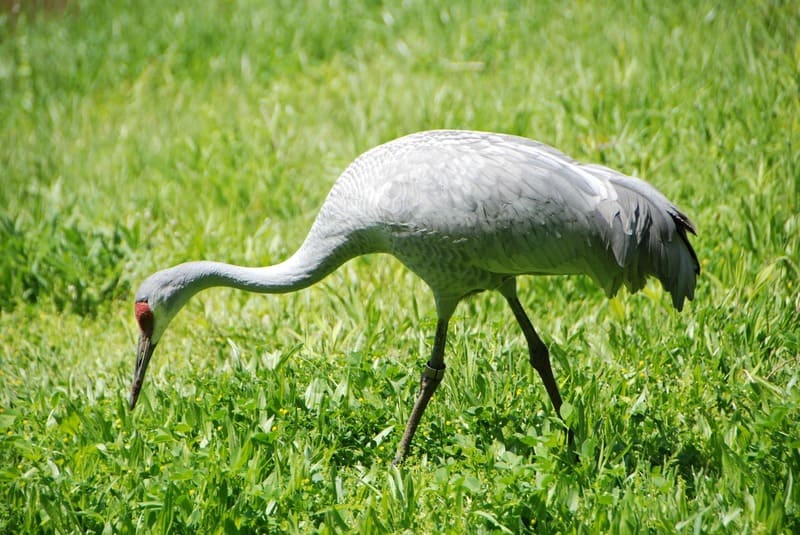
The majestic sandhill crane has the remarkable honor of being one of the oldest living species on earth. They fly in big v-formations and can reach heights of over 6,000 feet during seasonal migrations.
Their long legs, necks, and wings make them appear graceful and stately as they traverse the skies with a variety of loud calls that are often sung in unison.
During mating season, onshore courtship displays are seen, where pairs leap into the air with wings and necks outstretched, bowing to each other before mating.
With a viewable population estimated at 650,000 individuals and a conservation rating labeled as “Least Concern,” this incredible bird will continue to take these amazing journeys for many years to come!
Waterfowl
Ground-laying waterfowl are a wonderful sight to behold. These birds, ranging from ducks and geese to swans and coots, often nest in still wetlands or bodies of water, utilizing the seclusion and marshy cover provided by such environments.
As their name suggests, ground-laying waterfowl choose to lay their eggs directly on the earth’s surface so that they don’t have to invest energy into building a nest.
In many cases, these eggs are artfully camouflaged in order to provide protection from potential predators.
After the eggs hatch, mother birds will typically lead the goslings into nearby shallow waters where they can hunt for food like insects and minnows.
As people increasingly encroach upon natural areas, it is more important than ever that we protect these wildlife habitats, not only for our own sake but also for the conservation of these amazing animals.
Canada goose
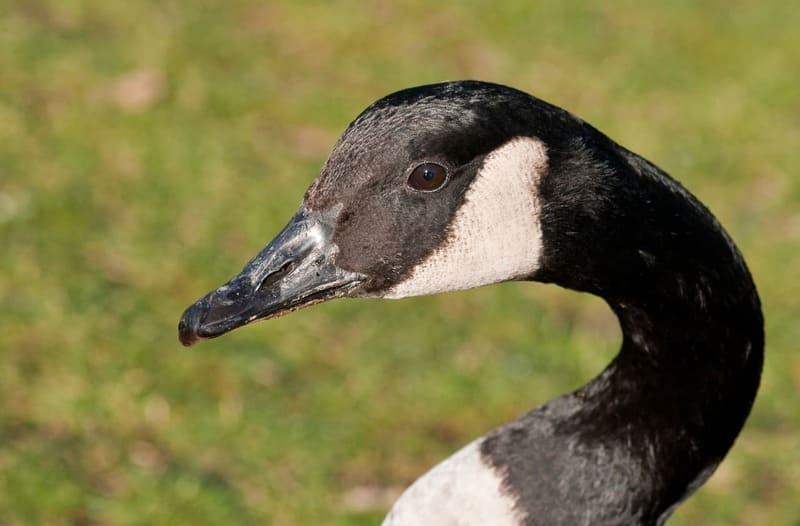
The Canada goose is a species of wild bird that is recognizable for its black head and neck and brown body with white forehead stripes. While they are mostly found in Canada, the USA, and parts of Mexico, they have established nesting populations in other countries as well.
During the winter months, these magnificent creatures migrate south to escape the cold weather, while they fly northward in the summertime when conditions become more favorable.
In addition to their long-distance migrations, they also engage in shorter migrations as they search for adequate food sources. It is amazing to see countless Canada geese traveling together during fall and spring to reach their destination.
American wigeon
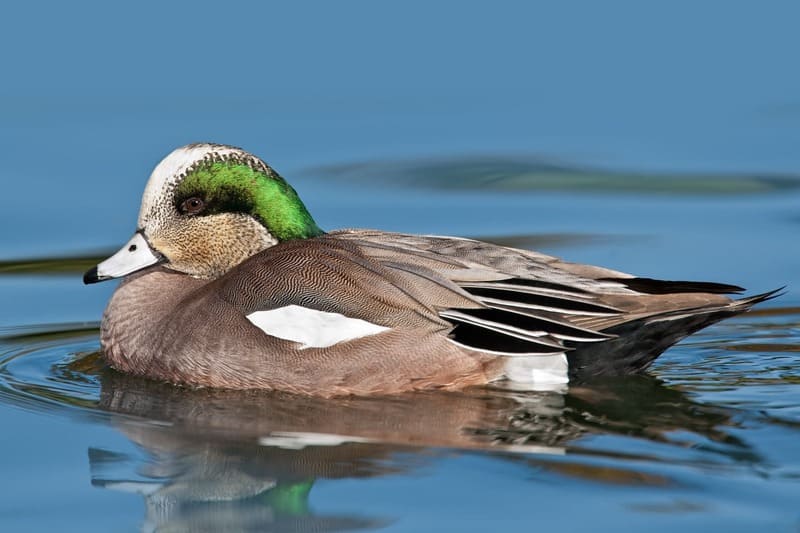
The American wigeon, also known as the baldpate, is a species of dabbling duck that is native to North America.
Known for its distinctive white head, the American wigeon can be found near bodies of water in Alaska and throughout the United States during migration.
Due to their abundance and willingness to take food from humans, they are often hunted by waterfowl hunters. Outside of hunting season, they are cherished by bird watchers and wildlife photographers alike.
These ducks inhabit wetlands and feed on vegetation such as pondweed, which makes up two-thirds of their diet during the winter months in warmer areas.
In the summertime, they will eat more insects and their larvae, making them an important part of their local ecosystem.
Game birds
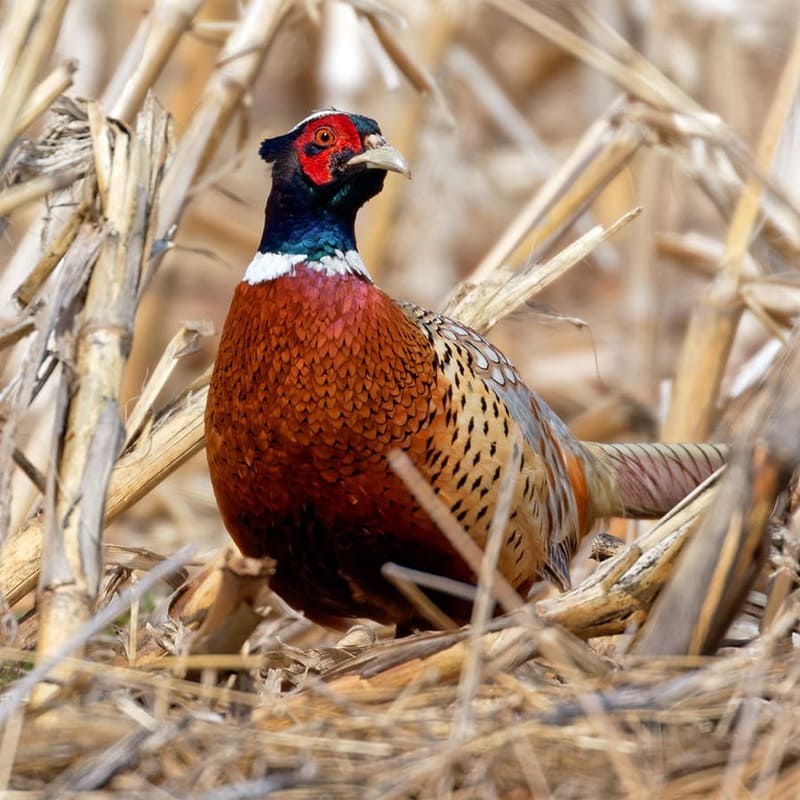
Game birds that lay eggs on the ground offer us a unique and fascinating look at wildlife.
Many of these species, such as quail and grouse, have specialized diets and behavior patterns that can be studied to help unlock how they survive in the wild.
Interestingly, due to their method of laying eggs on the ground, many of these birds are vulnerable to predators and climate change.
As such, conservation efforts play an important role in helping maintain populations of ground-nesting game birds. It’s a good reminder that we need to be aware of the effect our actions have on nature!
Ruffed grouse
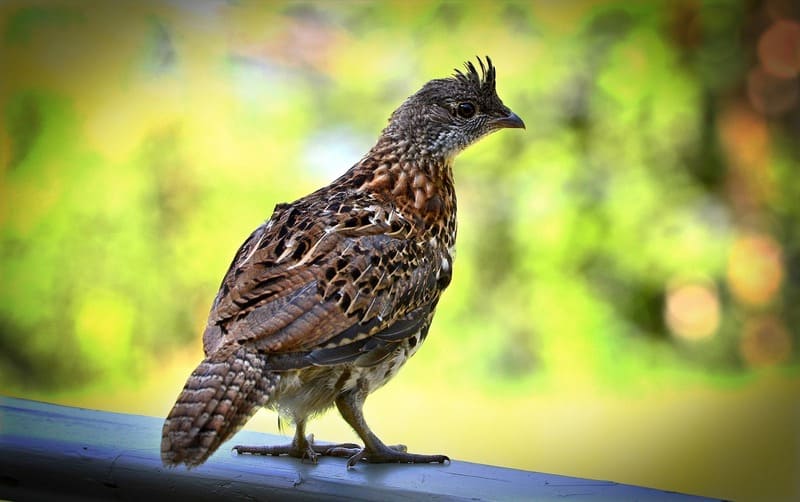
Ruffed grouse are particularly interesting birds; although they are seemingly inconspicuous members of the avian community, they are quite accomplished hunters.
Amazingly, these small birds use sight, sound, and scent to locate and capture their prey.
Ruffed grouse employ various techniques to hunt food, including observing and listening in order to detect where other animals may be located; they then fold their wings tightly against the sides of their bodies so that they can quickly lunge forward toward unsuspecting prey.
Furthermore, they are capable of following advanced scents or tracks left by their food. With such a powerful skill set, it’s no wonder that ruffed grouse remain some of the most successful huntresses in the wild!
Scaled quail

Scaled quail are a type of small bird native to North America and Mexico. They are members of the same family as other New World quail, such as bobwhites, but their greyish-brown feathers give them a unique look.
Scaled quail forage for food both on the ground and in low bushes or shrub cover.
They often travel in large groups, with each flock containing up to 50 birds, and communicate with one another by making whistling calls from high points within their habitat.
These birds are fairly hardy and can be seen year-round in some areas that have mild winters.
They also reproduce quickly because they generally begin breeding at just six weeks of age and may lay several clutches throughout the nesting season. It’s no wonder these interesting birds have become popular pets!
Final words
There are many types of ground-nesting birds, each with its own unique behaviors and ways of caring for its young.
By understanding these different bird species, we can better appreciate the amazing variety of life on our planet and the delicate balance that exists between all creatures.
You will also enjoy reading:

